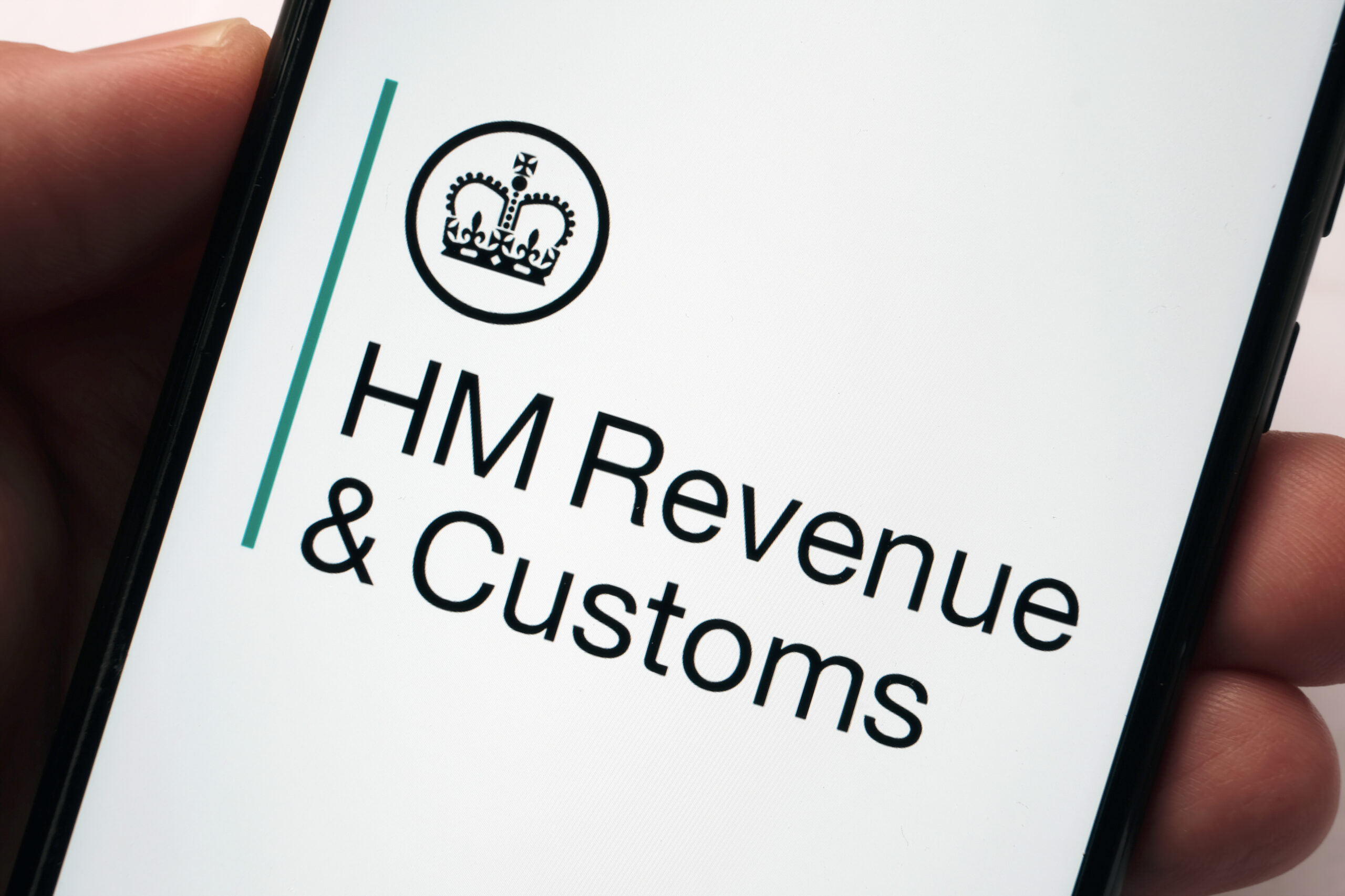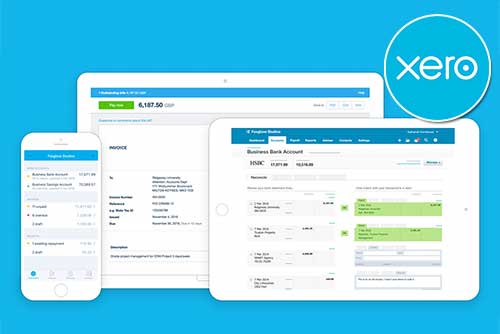What is Payroll?
The concept of payroll is multifaceted, extending beyond the simple calculation of employee wages. It’s a crucial tool for businesses to ensure they are compliant with tax laws, accurately reporting employee pay details to HMRC, and most importantly, ensuring employees are paid correctly and on time.
In this article, we’ll explore the intricacies of payroll, including its definition, importance, and key components.
What is Payroll?
Payroll refers to the process of managing employee compensation, including salaries, wages, bonuses, and deductions. It involves calculating employees’ earnings, withholding taxes and other deductions, and distributing payments to employees on a regular basis, typically weekly or monthly.
Payroll also encompasses compliance with various legal and regulatory requirements, such as adhering to minimum wage laws, deducting income tax and National Insurance contributions, and reporting payroll information to HM Revenue & Customs (HMRC). Additionally, employers are responsible for providing employees with payslips detailing their earnings and deductions for each pay period.
What Should Be Included in Payroll?
Several essential components should be included in payroll processes to ensure accurate and compliant management of employee compensation. These components include:
- Employee Information: Employee name, address, salary, payroll frequency, tax code, and National Insurance number.
- Employee Hours: Calculate employee wages or salaries based on hours worked, rates of pay, bonuses, and any other applicable factors.
- Deductions: Withhold statutory deductions such as income tax and National Insurance contributions (NICs), as well as any other authorised deductions like pension contributions, student loan repayments, or union dues.
- Additional Compensation: Include any additional compensation elements such as commissions and tips, allowances, or expense reimbursements.
- Benefits: Incorporate benefits such as private healthcare, pension contributions, and employee discounts.
Step-by-Step Guide to Payroll Processing
Processing payroll involves specific steps to ensure compliance with HM Revenue and Customs (HMRC) regulations and other legal requirements. Here’s a step-by-step guide to payroll processing:
- Gather Employee Information
- Determine Payments and Deductions
- Calculate Gross Pay
- Calculate Deductions
- Calculate Net Pay
- Issue Payslips
- Report to HMRC
- Pay HMRC
Methods of Managing Payroll
There are different options for managing payroll, each requiring careful consideration to determine the best fit for your business.
Manual Processing
The most cost-effective but also the most time-consuming approach is manual payroll processing. When manually calculating pay for salaried employees, attention must be paid to ensure accurate division of their yearly salary into monthly payments. For hourly employees, tracking worked hours and applying the appropriate hourly rate is essential to determine their total earnings for each pay period.
If you opt for this method, meticulous attention to detail is imperative to ensure accurate calculations and compliance with tax regulations. Failing to do so could result in legal consequences and hefty fines.
Outsourcing to an Accountant
Enlisting the services of an accountant to handle your payroll can alleviate the burden on your time, but it comes with increased costs. However, the expertise and training accountants possess enable them to manage large volumes of data efficiently and with minimal errors.
Utilising Payroll Software
Opting for payroll software presents a cost-effective and time-efficient solution for managing payroll. Key features to assess when selecting an appropriate payroll software include the software’s ability to generate payslips, facilitate PAYE reporting, manage pension payments, and integrate seamlessly with any existing online HR systems you utilise.
Handling Tax Payments
Handling tax payments is a crucial part of managing payroll. As an employer, you’re responsible for calculating the correct amount of tax and national insurance contributions from each employee’s gross pay. Once calculated, these amounts need to be deducted from the payroll and paid to HMRC each month.
Failure to complete this process on time can result in penalties. Therefore, it’s essential to have a reliable system in place to handle these payments. Many businesses opt for automated payroll systems or integrated software with their current accounting systems. These tools can auto-update tax rates and bands, reducing the risk of human error and ensuring accuracy.
The Significance of Payroll in Business Success
Managing payroll involves a series of tasks, including calculating employee wages, handling tax payments, and distributing employee benefits. It’s a complex process that requires attention to detail and a thorough understanding of tax laws and employee rights.
The importance of payroll in business cannot be overstated, as it directly impacts your company’s financial health and your employees’ satisfaction.

















